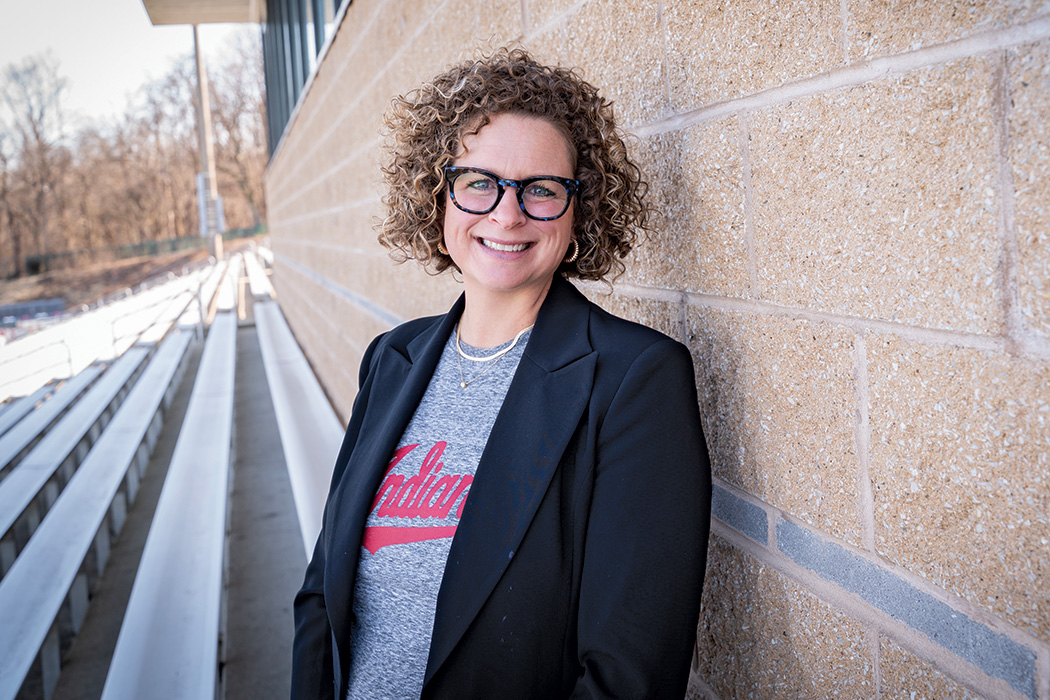Take Photos Like a Pro: 6 iPhone Hacks

Chris Ozer, MM’07, a jazz pianist turned professional photographer, didn’t grow his Instagram following to more than 500,000 with an expensive Nikon—he used the iPhone in his back pocket.

“Good photos are made of good lighting, an interesting subject, good emotion, and good composition,” Ozer, who’s shot campaigns for Apple, Walmart, and Fitbit, says. “It truly doesn’t matter what camera you use if you understand how to capture those things.”
Keeping those must-have elements in mind, Ozer has a few tips and tricks for the average shutterbug with an iPhone.
Find good lighting.
“Cloudy days can be nice for portraits because the light is even. [You’ll find that] taking selfies or photos of your friends is easier on a cloudy day because the light is going to be the same wherever you go.”
But on a sunny day, Ozer says finding a way to “get your face into the sun” is the key to a well-lit photo.

Adjust your angle.
“If the camera is above somebody, they feel less powerful. If the camera is below somebody, they feel more powerful or heroic.”
Photographing kids? Ozer says: “Get on their level. That might totally change how the photo feels.”

Abide by the rule of thirds.
Rule of thirds is a compositional tool used to make a photo more dynamic. The idea is to align your subject with one of the four intersecting points on a nine-box grid.
To turn on this iPhone photo tool, go to settings → camera → grid.

Fiddle with focus and exposure.
When shooting, tap the screen to focus the lens on your subject.
“When you do that, a yellow box will pop up. The iPhone will set the exposure based on where you’re tapping,” Ozer says.
For the more advanced photos, move the sun slider up and down to manually adjust the exposure.

Shoot at golden hour.
“The ‘golden hour’ is about an hour before sunset and about an hour after sunrise. It’s a very even, soft light,” Ozer says, adding that it’s the easiest time of day to take a good photo.

Snap a better selfie.
“When you take a selfie, don’t look at yourself in the screen, look at the lens. It feels really weird, but if you look at [the screen], it looks like you’re looking off camera,” Ozer says.
While selfies are often mocked, Ozer says he finds them to be an empowering form of photography. “When you take a selfie, you’re going to make yourself look how you want to be seen. You’re not looking at it as a photo, you’re looking at it as a reflection of yourself.”

Chris Ozer was originally featured in the Winter 2018 issue of the Indiana University Alumni Magazine.
Want more information about IU Travels trips? Visit alumni.iu.edu/travel.
Tags from the story
Written By
Samantha Stutsman
Samantha Stutsman, BAJ'14, is a Bloomington, Ind., native and a senior content specialist at the IU Alumni Association.



